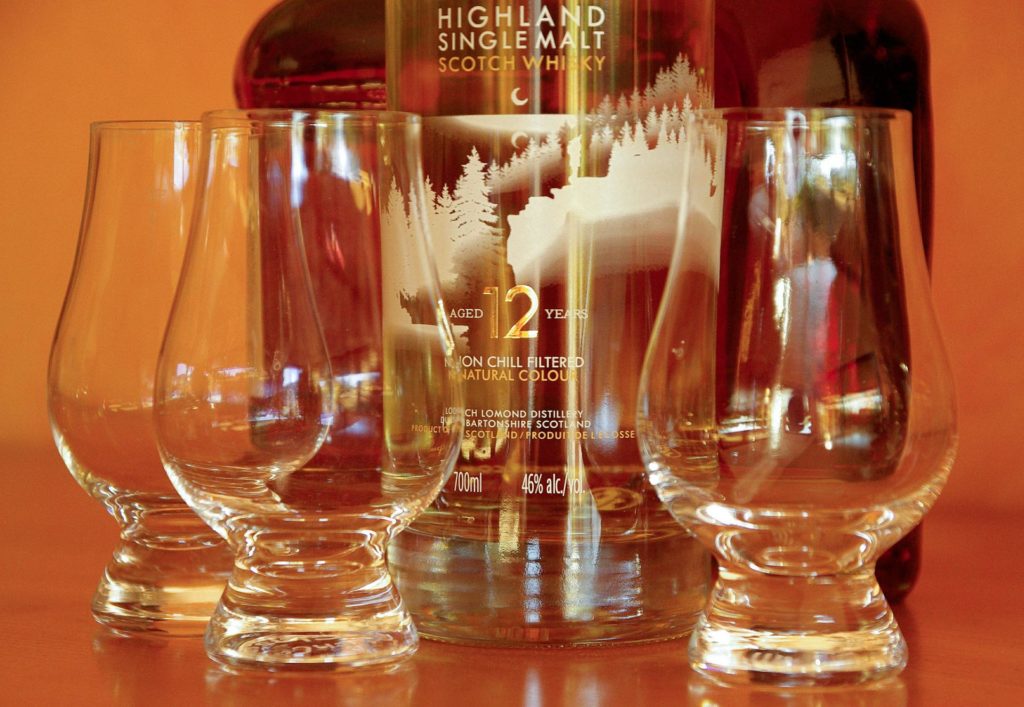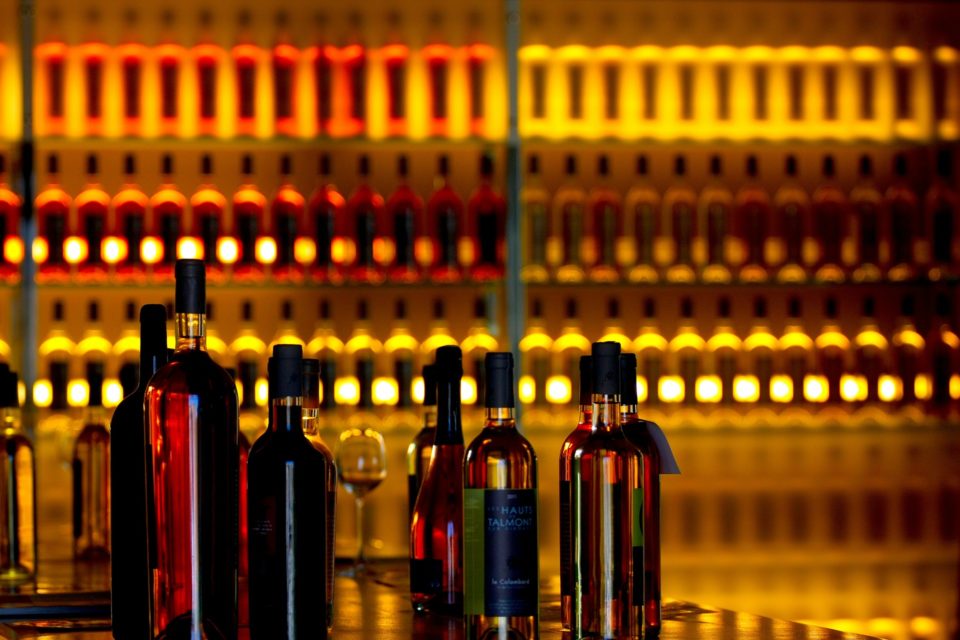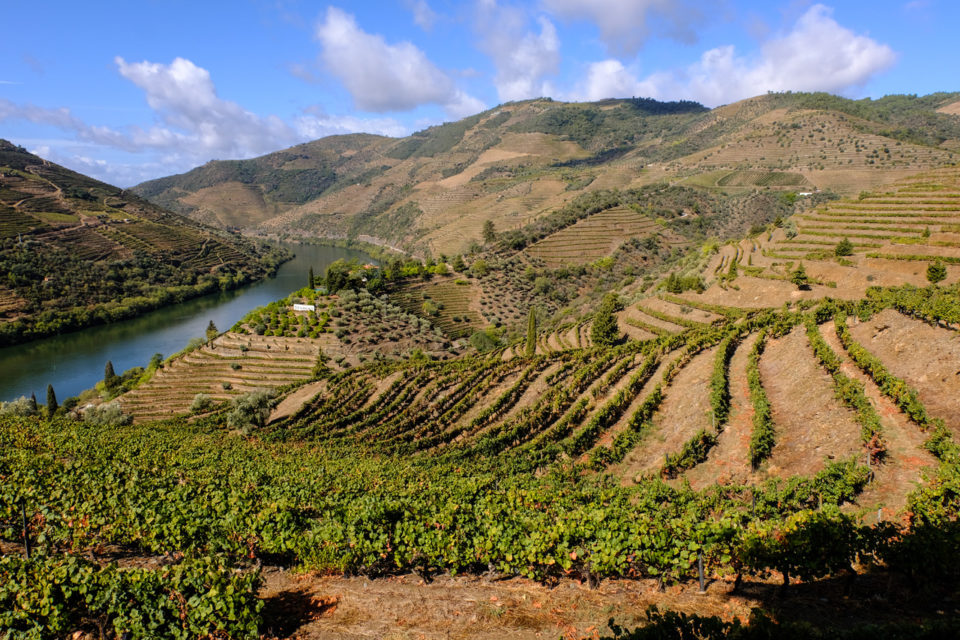Drink up: happy days are here again
ICYMI: The IWSR Drinks Market Analysis June 2022 report shines with optimistic forecasts. And some clear trends stand out, in this first part of a two-part drinks trend analysis
Let the record show…. That all things are shining or will soon be, for the global beverage alcohol market.
A few weeks ago, the data released by IWSR, the leading drinks market analysis authority caused a few glasses to clink in happy anticipation. Their research is based on industry data from 160 countries throughout the world.
Here are a few of the salient points to ponder:
- Total alcohol volume grew by +3% in 2021, after losses of -6% the year prior.
- The market rebounded far more quickly than expected and, in value terms, 2021 now tops 2019.
- The premiumisation trend continues unabated; beverage alcohol e-commerce also continues to grow, although slightly slower rate. The trend of moderate drinking remains on point, with no/low-alcohol products seeing ongoing growth from a relatively low base. This is despite multiple challenges: ongoing supply-chain disruptions, inflation, the war in Ukraine, travel retail’s slow return to pre-2019 levels, and China’s zero-Covid policy.
Has the beverage alcohol market fully recovered from the pandemic?
The global beverage alcohol market is expected to surpass 2019 volumes within the next two years. While beer, cider and international spirits have not yet reached 2019 volumes, they have all met or surpassed 2019 levels in value terms. Wine has also surpassed 2019 value levels, though overall global category volumes are expected to continue on a downward trajectory.

Spirits soaring
Total volume growth: +3% in 2021, and value increased by +15%. This growth was driven mainly by consumers treating themselves to higher-end products, while also becoming more comfortable with making cocktails at home during pandemic lockdowns.
IWSR forecasts that spirits volume will grow by +5% and value by +15% (2021–26).
Total whisky, which commands about a quarter of all global spirits volume (excluding baijiu, soju, and shochu), is expected to grow by +23% with a value growth of +29% over the next five years.
Growth will continue in whisky’s largest global markets – India and the US. The whisky category in India will see volume growth of +23% (2021–26).
Global volume growth will also continue in almost all other spirits sub-categories over the next five years, including gin (+24%), Cognac (+23%) and rum (+13).
Agave-based spirits (Tequila, Mezcal)
Last year saw higher than anticipated growth in agave-based spirits, which is estimated to deliver a significant increase in value from 2021–26, at +67%. This will be especially so in the US and the UK, but also around the world.

Wine volume might decline, but its value will continue to rise
Wine: Volume down, value up
Global still wine volumes were down -2% last year, but the value was up by +5%, as drinkers continue to trade up in the still wine category. Sparkling wines got a boost after an annus horribilis, as drinkers turned on the celebratory mode. Champagne posted volume growth of +24% last year, and other sparkling wines were up +7.5%.
Over the next five years, the global wine category is forecast to continue on its trajectory of long-term volume decline (-1%, 2021–26), but will see value gains of +5%.
The ready-to-drink (RTD) market post-pandemic
RTDs have been a stand-out category during COVID, increasing in volume by +14% in 2021 – on top of +26% growth in 2020. By volume, the category is now one-third of the global spirits category, as well as the global wine category. Globally, RTD products are expected to grow by +44% in volume and +51% in value over the next five years.
In the US, propelled by the popularity of hard seltzers, the RTD category grew by volume at +15% last year; now RTD value growth (+22% last year) will beat volume growth in the US, as the category matures and better quality and higher-priced products are available. At a lower growth rate than in previous years, hard seltzer volumes in the US are expected to overtake those of still wine within the next two years.
Where will no/low-alcohol go?
The no/low-alcohol category grew by over +10% last year and will continue to grow over the next five years, albeit from a relatively low base. Notable growth last year came from the no-alcohol spirits segment in the UK: volume increased by over +80% in 2021, after tripling in size in 2020.
Consumer trends for the future: millennials still call the shots
Millennials led the global consumption bounce-back last year, being the generation least affected by the pandemic’s restrictions; these consumers (now aged 25–40) are more adventurous than older generations, and with their significant spending power and focus on ‘less but better,’ they tend to purchase more premium products. Millennials, and in some cases Gen Zs, are amongst the highest spenders on wine in markets such as Australia, Sweden, the US, and the UK. With unemployment possibilities, spiralling prices in some economies, and the after-effects of the Ukraine war, what happens next remains to be seen.
Global alcohol e-commerce
E-commerce continued to grow last year (+16% in value 2020–2021), although this was at a slower rate than in 2020 (+45% in value 2019–2020).
Says the IWSR: The underlying consumer trends that continue to provide tailwinds for the global beverage alcohol market include: ‘better for me’ consumer drivers, such as moderation, ingredient quality, and functional benefits; ‘better for the world’ values, including sustainability and social equality; and online interaction, both via e-commerce and social media, as well as new ways to engage through NFTs and the metaverse.






